In the 1990s, shopping malls were vibrant community hubs where teens met after school, families spent weekends, and the latest trends were found under one roof. Malls were more than retail centers; they were symbols of suburban culture and social connection. However, the rise of e-commerce and changing shopping habits led to their decline. Many beloved malls that once defined the decade now stand silent and forgotten, their neon signs fading and their escalators still. Yet, these places remain part of collective nostalgia, representing both the excitement of the past and the shifts of modern retail life.
1. Rolling Acres Mall – Akron, Ohio
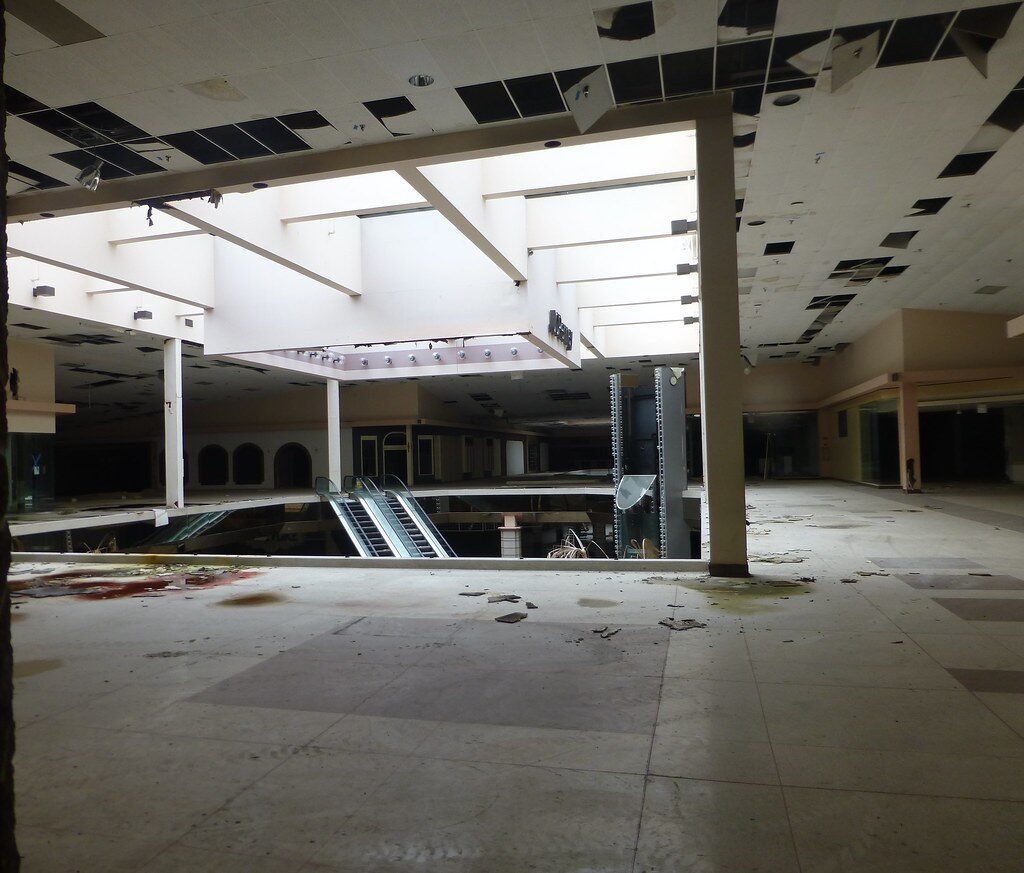
Once one of Ohio’s busiest malls, Rolling Acres opened in 1975 and thrived through the 1980s and 1990s. Shoppers flocked to its massive atrium and trendy department stores. But as newer shopping centers emerged and online retail grew, foot traffic dwindled. The mall officially closed in 2008 and soon fell into disrepair, becoming an infamous symbol of America’s retail decline. Its hauntingly empty halls appeared in documentaries and photos capturing its eerie beauty. After years of abandonment, the structure was demolished, leaving only memories of its once-bustling corridors and bright lights that defined an era.
2. Dixie Square Mall – Harvey, Illinois

Dixie Square Mall was a short-lived shopping center that gained pop culture fame after appearing in the 1980 film “The Blues Brothers.” Despite that cinematic highlight, the mall struggled with crime and declining sales during the 1970s. By the 1990s, it was completely abandoned, left to decay for decades. Broken glass, overgrown plants, and graffiti turned it into a post-apocalyptic landmark. Urban explorers often visited to capture its haunting emptiness. Eventually, the city cleared the remains, but its eerie legacy endures as one of the first major abandoned malls to capture public fascination.
3. Randall Park Mall – North Randall, Ohio

Randall Park Mall was once the largest shopping mall in the world when it opened in 1976. With hundreds of stores, restaurants, and an indoor amusement area, it became a 1990s shopping destination. However, economic shifts and nearby competition slowly drained its success. By 2009, the mall shut down completely, its massive interior left silent. Photos of its decaying escalators and deserted food court went viral among urban explorers. Eventually, the property was repurposed as an Amazon fulfillment center, symbolizing the dramatic shift from physical shopping to digital convenience.
4. Owings Mills Mall – Owings Mills, Maryland
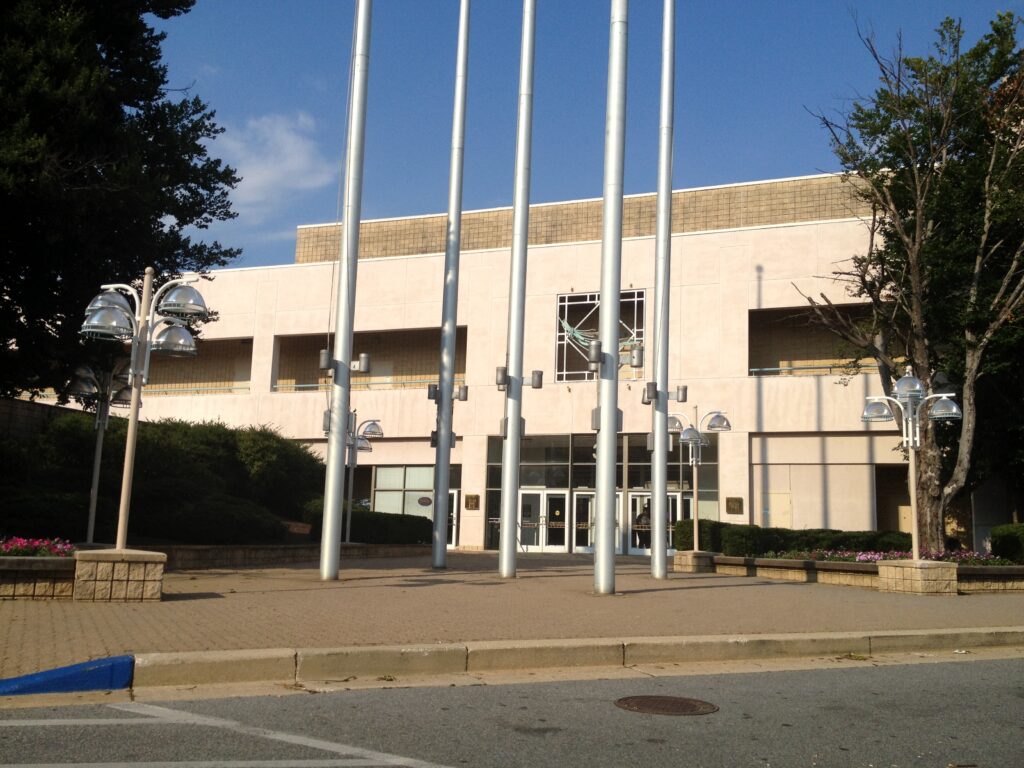
Owings Mills Mall opened in 1986 as a modern, upscale shopping destination. With stylish boutiques and a lively cinema, it became a favorite hangout spot for suburban families and teens throughout the 1990s. However, declining foot traffic and nearby competition led to its closure in 2015. The once-thriving mall was demolished soon after, replaced by an open-air shopping center. Although its structure is gone, many residents still remember its vibrant energy and holiday decorations that made it a beloved part of the community’s social life.
5. Century III Mall – West Mifflin, Pennsylvania
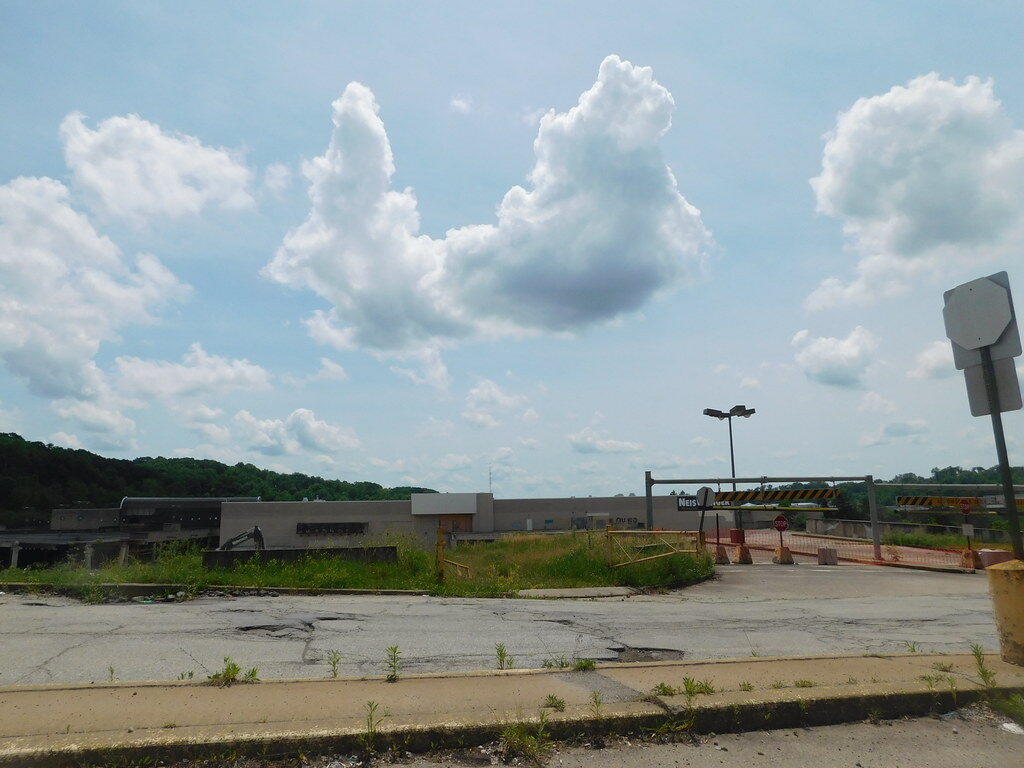
Century III Mall was once the third-largest shopping mall in the United States, opening in 1979 with over 200 stores. During the 1990s, it was the pride of Pittsburgh’s retail scene, drawing crowds for holiday events and weekend shopping sprees. However, by the 2000s, anchor stores began closing, and the building fell into neglect. Leaks, structural damage, and vandalism turned it into a ghost of its former glory. Today, the mall remains abandoned, its once-glittering lights replaced by silence and the faint echoes of a thriving past.
6. Metro North Mall – Kansas City, Missouri

Metro North Mall opened in 1976 and quickly became a community staple, boasting an ice rink, movie theater, and over 150 stores. Through the 1990s, it was packed with families and teenagers on weekends. But the rise of nearby competitors and online shopping led to its decline. By 2014, the mall had closed entirely, leaving behind a vast empty space that drew urban explorers and nostalgia seekers. Plans for redevelopment have been slow, but many locals still remember its unique architecture and the excitement it brought during its heyday.
7. Hawthorne Plaza – Hawthorne, California
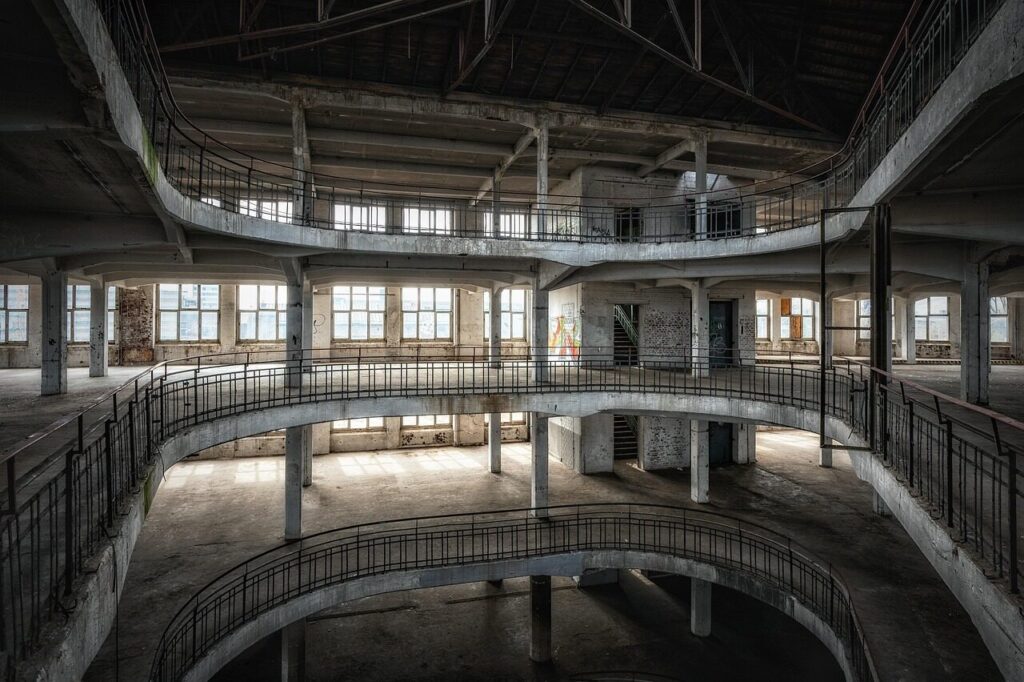
Hawthorne Plaza opened in 1977 as a modern shopping destination in Los Angeles County. During the 1980s and early 1990s, it was a fashionable spot for local residents. However, rising crime and shifting demographics led to declining visitors. By the late 1990s, nearly all stores had closed, leaving the property abandoned. Its cinematic look made it a popular filming location for movies and music videos, including “Gone Girl” and “The Fast and the Furious: Tokyo Drift.” Despite its decay, it remains a fascinating relic of Los Angeles’s retail history.
8. Lincoln Mall – Matteson, Illinois

Lincoln Mall opened in 1973 and reached its peak during the 1990s as a bustling suburban shopping hub. It featured popular department stores, a busy food court, and seasonal events that attracted families from all over Chicago’s south suburbs. However, financial struggles and poor management caused its decline. By 2014, most stores had shuttered, and the mall officially closed. Its vast parking lots and empty corridors were soon reclaimed by nature. The mall was demolished in 2017, but its memory still lives on in local nostalgia for simpler shopping days.
9. Regency Mall – Augusta, Georgia
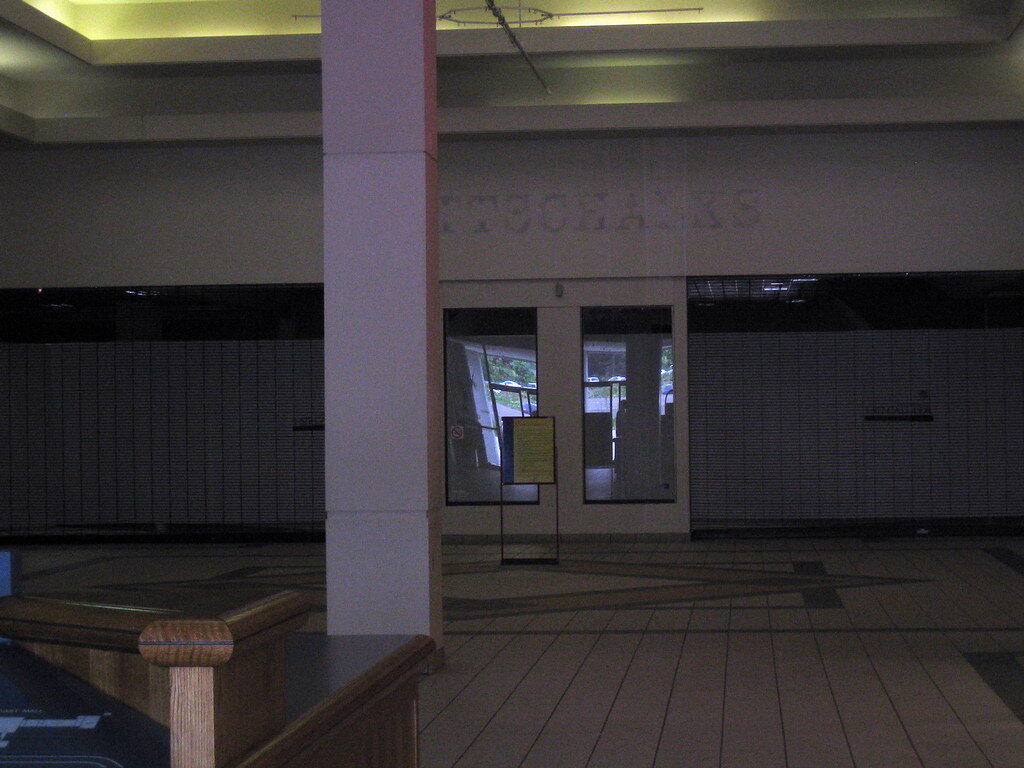
Regency Mall opened in 1978 and served as one of Georgia’s most popular shopping destinations through the 1990s. Featuring major anchor stores and an indoor carousel, it became a weekend favorite for families. However, increased competition from nearby shopping centers led to declining traffic. By 2002, the mall had closed entirely, leaving behind an enormous empty structure. Today, the building remains largely intact but unused, a reminder of how retail dominance can fade quickly. Its future remains uncertain, though it continues to intrigue urban explorers and nostalgia enthusiasts.
10. Valley View Center – Dallas, Texas
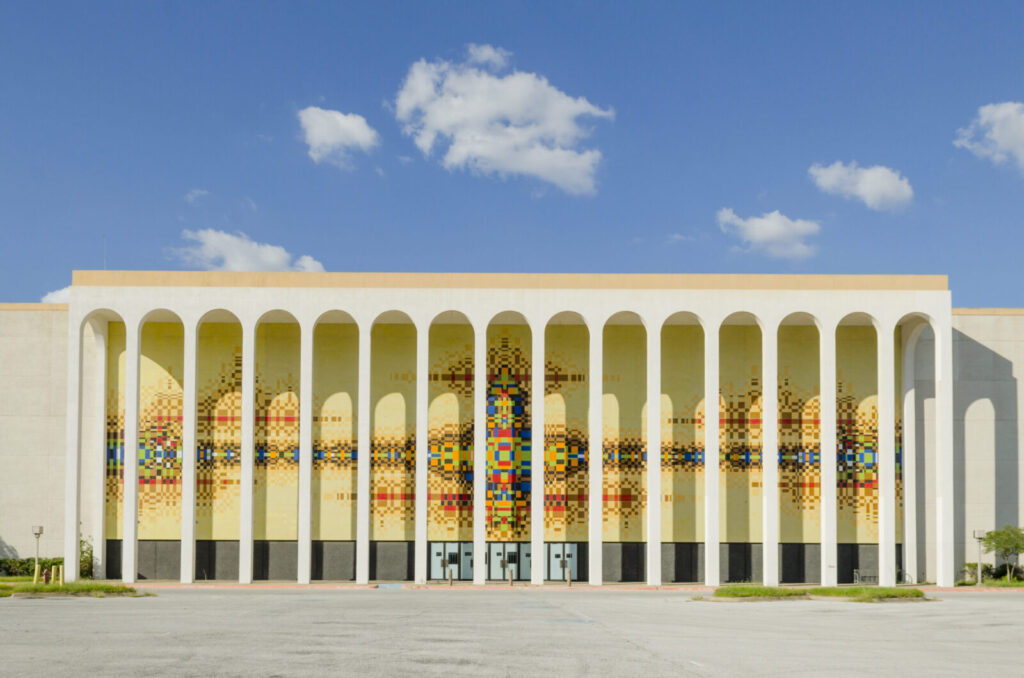
Valley View Center, originally opened in 1973, was a beloved shopping destination for Dallas residents through the 1990s. The mall boasted over 150 stores, including luxury brands and a large cinema complex. As newer shopping centers like Galleria Dallas opened, Valley View lost its shine. By the early 2010s, most stores had closed, and demolition began in phases. The once-vibrant mall is now a shell of its former self, awaiting redevelopment. Its decline mirrors the larger story of American malls transitioning from cultural landmarks to fading memories.
11. Crestwood Court – St. Louis, Missouri
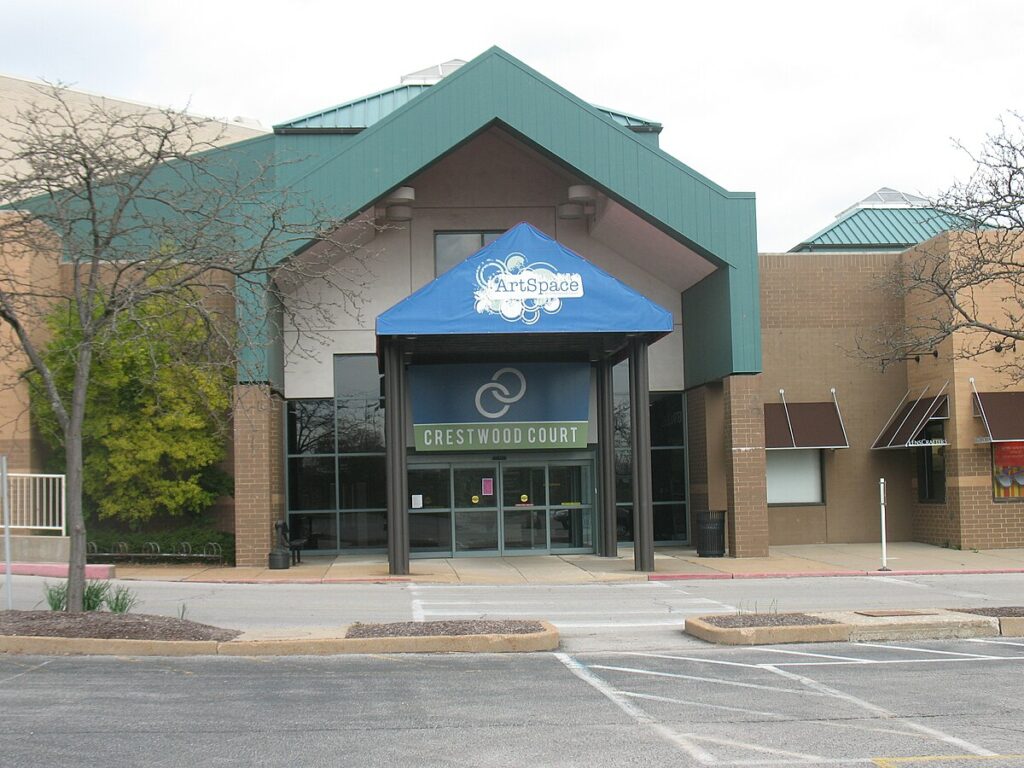
Crestwood Court opened in 1957 and enjoyed a long, successful run, reaching its peak in the 1990s as a lively community hub. It was known for its local art displays, theaters, and popular anchor stores. However, as shopping habits evolved, the mall struggled to stay relevant. It closed in 2013 after years of dwindling foot traffic. Today, the property stands vacant, with redevelopment plans still under consideration. For many St. Louis residents, Crestwood Court remains a nostalgic memory of weekends spent browsing stores and meeting friends after school.
12. Summit Place Mall – Pontiac, Michigan

Summit Place Mall, which opened in 1962, was one of Michigan’s most popular malls during the 1980s and 1990s. It featured six anchor stores, numerous boutiques, and a spacious food court. However, after years of economic challenges, competition from nearby malls, and changing retail trends, it closed in 2009. The empty building stood for years, attracting explorers and photographers fascinated by its decay. It was eventually demolished in 2019, making way for potential redevelopment. Still, for many locals, Summit Place symbolizes the nostalgia and energy of the golden age of mall culture.
Comments